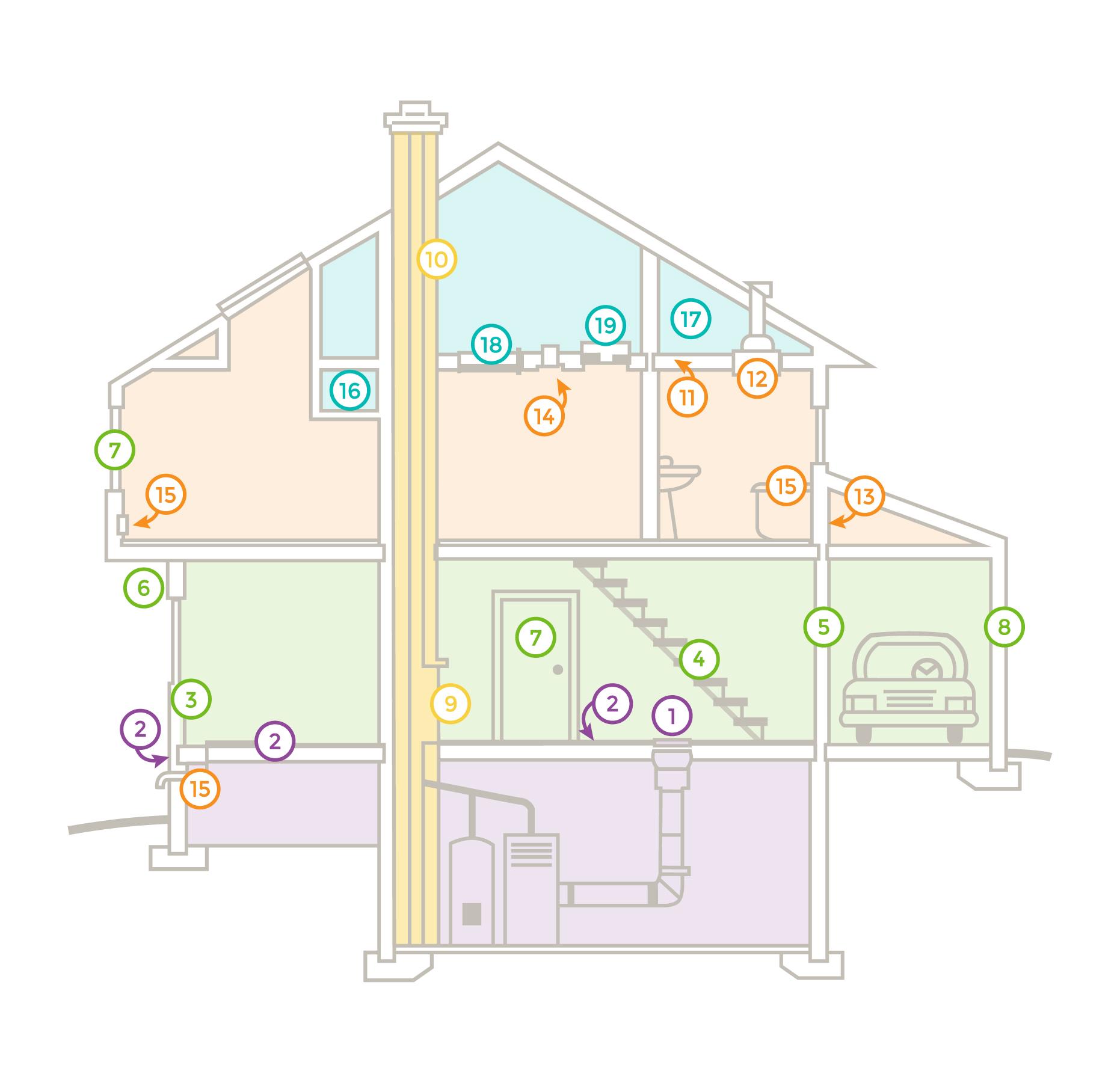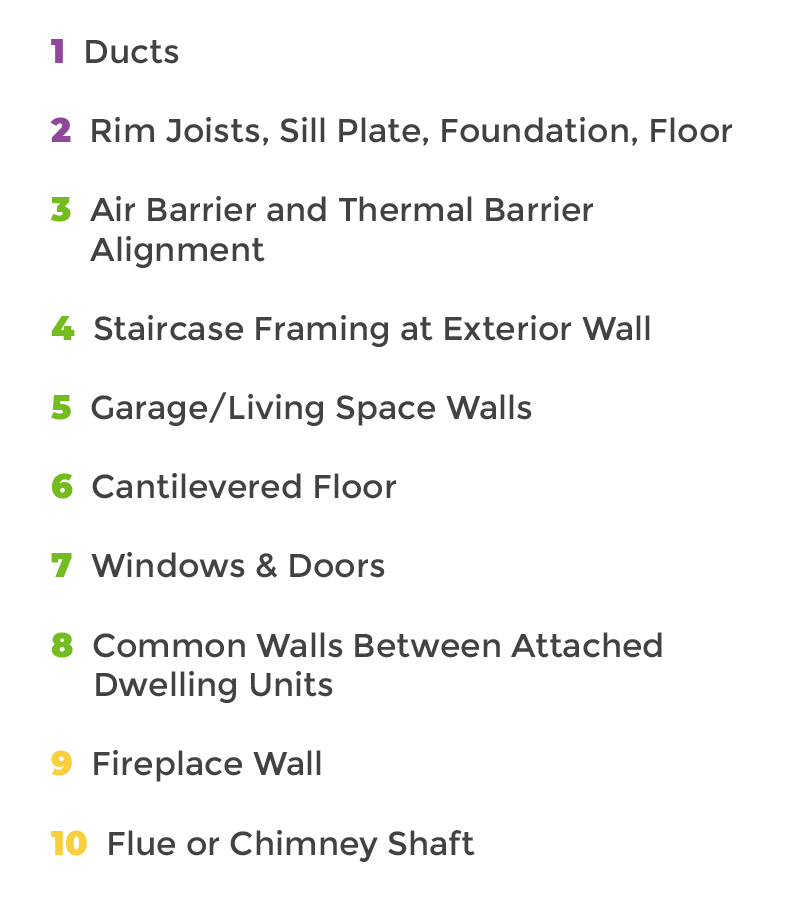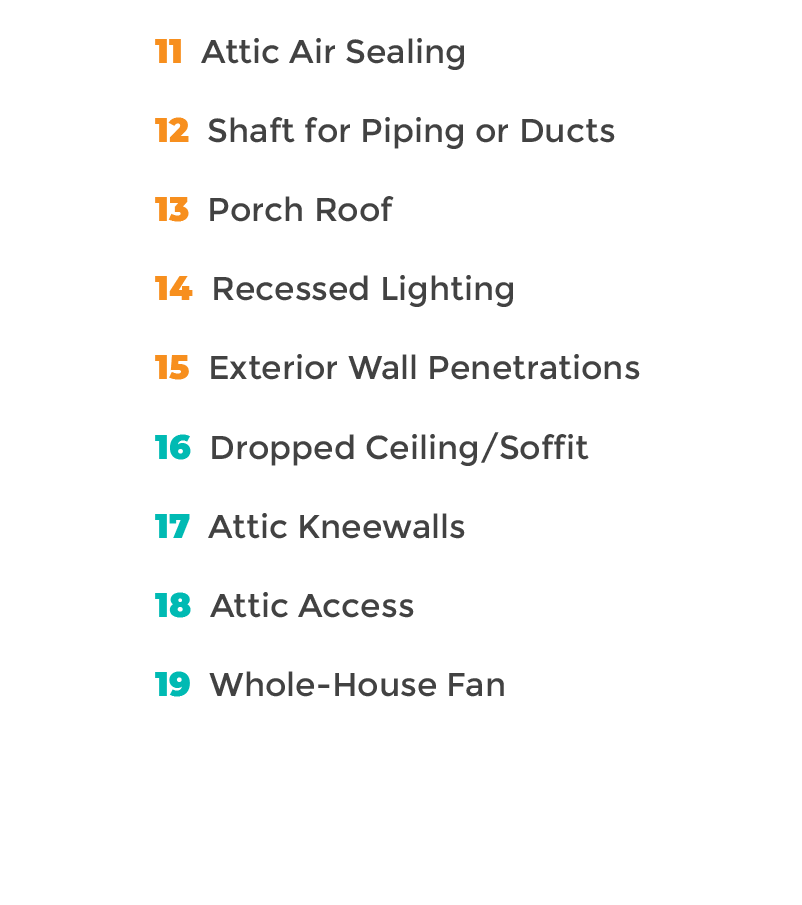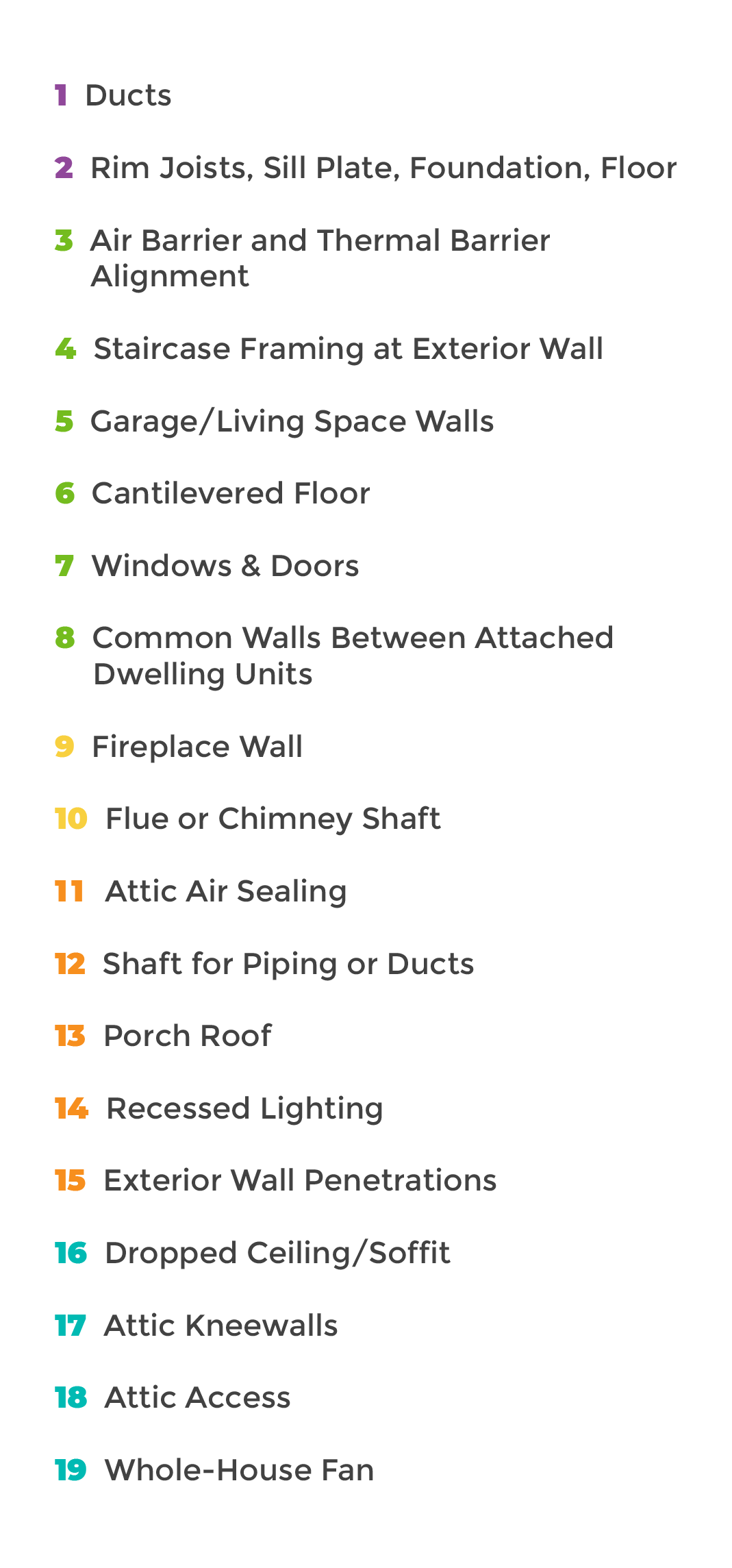How to locate and repair your home’s air leaks for good
Have you noticed anything “off” in your home recently when it comes to your house? Perhaps the energy bill has been inexplicably rising, the house has been draftier than usual, or your family has started suffering from allergies and colds more frequently.
If these sound familiar, then it may be time to check your home for air leakage. Air leaks are common in many houses, and if there are no recognizable signs present, leakage could continue for years. Thankfully, Commercial Service has plenty of trained technicians who can help you find air leaks and seal them up properly.
Have a heating, cooling, or plumbing problem, but no time to wait for a repairman? Need a second opinion on an existing quote?
We’ll give you free advice about your question or problem. In many cases, you’ll get an estimate or the help you need during the video call.
How to find air leaks in your home
The most obvious places to check for leaks are doors and windows; while these are places that experience leakage, there are lesser-known areas that can be bigger culprits of leakage. The attic has been identified as a top offender for leaks, as well as recess lighting. Energy Star has created a graph to provide more details about areas that should be inspected for air leakage. Using this graph, you can do a thorough walkthrough of your home and inspect these areas. Another handy trick, as noted by Allstate, is the smoke test. To do the smoke test, you should turn off all appliances in the home, and light an incense stick. Walk to openings around the walls, floors, and ceilings with the incense burning to see if the smoke drifts or gets sucked in a certain direction – if you see this happening, it could be a leak. Of course, this method is not foolproof, so it is best to leave it to the professionals and let a Commercial Service technician inspect your home.
How to seal air leaks in your home
If you are looking for sealants, it will not be hard to get overwhelmed with options. Common categories are caulking, weatherstripping, and insulation and they come in forms like foams, sprays, and various metals. It is crucial to note that some materials are better suited for different areas and will function differently depending on the size of the gap and the surrounding materials. This easy-to-follow product guide includes instructions on choosing the right type of sealant for the gap, the price, and more.
Remember: it is not just about air when it comes to sealing. Moisture also plays a role, too. And while a good sealant will keep air in your home, it should also work to keep moisture out completely. Moisture in your house can lead to mold among other issues, but a proper sealant will allow you to maintain adequate temperatures to keep it safe and healthy.
To learn more about air sealing and overall energy efficiency, schedule an appointment with our easy Online Scheduling or by calling 812-339-9114.







